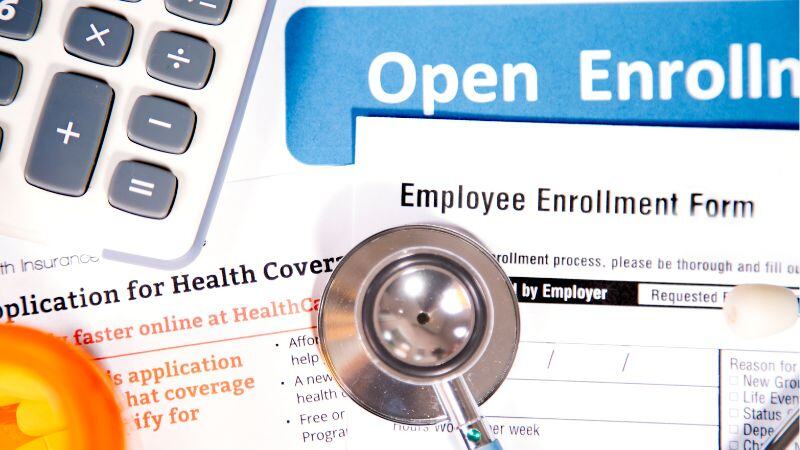Considerations For Clear Communication During Open Enrollment
In today’s labor market, benefits can be a valuable tool for employers to retain talent. Employers may feel that they are preparing employees for open enrollment by only offering the necessary information right before the open enrollment process. But a recent report from the Life Insurance Marketing and Research Association (LIMRA) showed a significant lack of understanding of the benefits being offered. Thirty percent of employees said they didn’t know whether their employers offered major insurance benefits like medical, dental, and vision, while more than half were uncertain whether employers offered any retirement benefits.
Let the communication circle be unbroken
The LIMRA study showed that 60 percent of employees felt employer communications on benefits were ineffective. Employers should think about the open enrollment process as a year-long communications rather than an isolated need in the weeks ahead of open enrollment.
There are so many fine-point details to the layers of benefits, detailed communications throughout the year can help employees build knowledge and confidence in their benefits. In fact, 70 percent of respondents said they want benefits information year-round. Study results also have shown that providing more frequent communications can increase understanding of benefits by 10 to 30 percentage points.
If your open enrollment period is coming up in a few weeks, it is not too late to send simple, informational communications on key features of your open enrollment process.
Flexible enrollment options for your employees
While the pandemic did not invent virtual enrollment, it did force many providers to broaden and strengthen the online process. Today, employers have expanded options for the enrollment process to best suit the needs of their workforce.
-
-
- In-Person: In-person enrollment may work best if your company plans to have open enrollment meetings or a benefits fair. Studies have shown that employees highly benefit from one-on-one meetings, so check with your service providers to review your options. An added benefit of in-person enrollment is that, for some companies, it gives employees an opportunity to reconnect after working remotely during the pandemic.
- Online: One of the largest advantages of online enrollment is that employees can invite family members to join the benefits education and selection process. In addition, mental health and other areas that may be seen as taboo subjects can be explained in more comfortable, private settings. Apps with interactive learning tools, on-demand videos, and other individualized features can make online open enrollment easier.
- Hybrid: Flexible work arrangements have required employers to offer a combination of in-person and online open enrollment sessions. This mix may seem complicated, but those who mirror their options online and in person tend to be more successful. Employers using this process should build in more time for employees to enroll.
-
No matter which option(s) your company chooses, employers should monitor the effectiveness of these options to see what works best for your workforce and improve the process for the following year.
Keep things simple—no matter which method of communication is chosen
Open enrollment can be stressful, so the easier and more accessible you make your communications, the better the process will be for everyone involved. In general, employees need to know which coverage levels best fit their needs as well as the total costs and specific rules that go along with the options they choose. The same goes for non-insurance benefits, such as mental health and tuition assistance. Doing the math for employees and providing examples or illustrations of various scenarios can help make selections easier to understand.
Employees also should seek to keep all required informational notices easy to understand. Notices would include Summary Plan Description (SPD), Plan Highlights, Enrollment Forms or similar materials. Annual limits—such as spending to meet deductibles or contribution limits to 401(k)s—should be readily available to your employees, as should deadlines for submission and other enrollment requirements.
In addition, America’s workforce is diverse in language and culture. Employers with these demographics should consider translating materials—both online and in-person—and clearly communicating that this service is available to employees.
When it comes to translating documents, the Department of Labor (DOL) provides guidance for the style and format for SPDs that can be helpful in crafting information for open enrollment. Plan sponsors should make it well-known that a non-English version of benefits information is available and help employees understand their benefits. Note that it is important to include a disclaimer stating that in the event of any conflict between the English and translated version, the English version will be the default information.
Insight: Effective Communication
With more concise and frequent communication, employers can improve the open enrollment process as well as their ability to retain the right employees.

